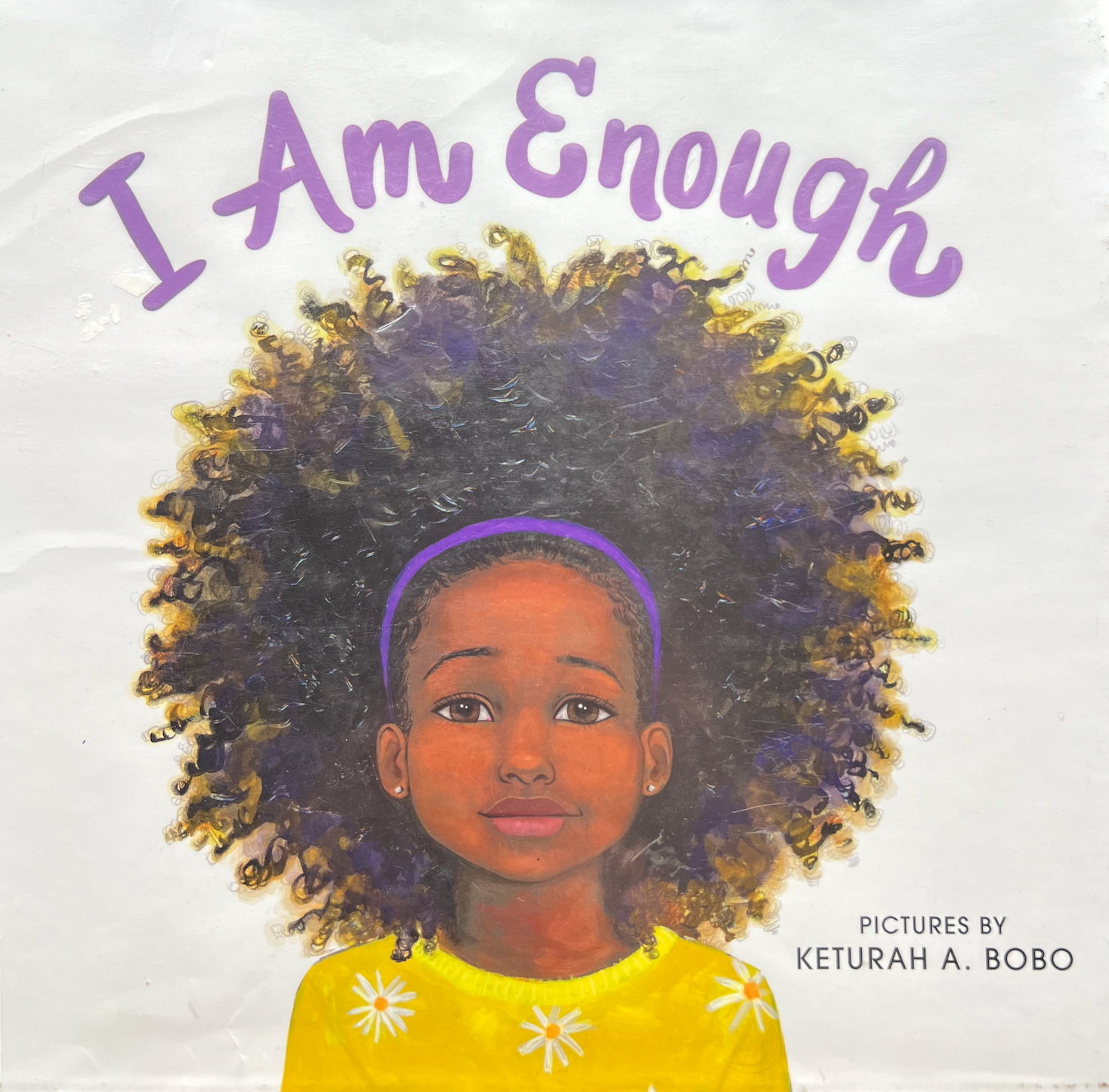How to Build a Donor Pipeline for Your Library
- 4 mins
How to Build a Donor Pipeline
Every library director knows the familiar sight of devoted patrons browsing shelves and settling into their favorite reading nooks. What many don't realize is that these same individuals could become the cornerstone of your library's financial future. Building a donor pipeline isn't about transforming your library into a fundraising machine – it's about connecting those who already love your institution with meaningful ways to ensure its sustainability.
Start Where Your Strength Lies: Your Current Patrons
Your most promising donor prospects are already walking through your doors. Begin by analyzing your circulation data and program attendance records. Look for patterns that indicate deep engagement: patrons who attend multiple programs per month, regularly check out books, or bring their children to storytimes. These individuals have already demonstrated that they value what you offer.
Create a simple spreadsheet tracking system that notes (These details can be located on your prospect list. ):
- Frequency of visits
- Types of programs attended
- Materials borrowed by subject area
- Any volunteer involvement
- Previous donations, no matter how small
Transform Your Friends Group into a Donor Identification Team
Your Friends of the Library group is more than just a book sale powerhouse. Train them to be your eyes and ears on the ground. Develop a simple "engagement checklist" for them to use when interacting with patrons during book sales or programs. Include conversation starters like (Identify one point person to be sure you can manage tracking this information.):
- "What brought you to the library today?"
- "Which of our programs have you enjoyed most?"
- "Would you be interested in learning more about supporting specific collections or programs?"
The Mid-Level Donor Sweet Spot
While many libraries focus on securing major gifts, there's tremendous potential in the $500-$5,000 annual donor range, and for you these gift amounts could be your major donors. These donors often become your most reliable supporters and can grow into major donors over time.
Create specific giving opportunities in this range:
- Investment in targeted collections ($1,000 could refresh your entire graphic novel section)
- Technology upgrades ($2,500 for a new public computer station)
- Program series sponsorships ($5,000 to fund a year of STEM programs)
Building Your Cultivation Calendar
Create a 12-month cultivation calendar that moves beyond generic appeal letters. For each month, plan:
- One intimate "Behind the Scenes" tour for prospective donors, showcasing special collections or new technology
- A quarterly "Director's Coffee" where you share upcoming plans and gather feedback
- Monthly email updates featuring specific impact stories (e.g., "How Your Support Helped 50 Children Learn to Code")
- Personal thank-you calls from board members to donors
The Power of Micro-Campaigns
Instead of one annual campaign, develop four targeted micro-campaigns throughout the year. Each should focus on a specific need and run for no more than three weeks. For example:
- Spring: Children's Summer Reading Program ($10,000 goal)
- Summer: Digital Resource Expansion ($15,000 goal)
- Fall: Technology Update ($20,000 goal)
- Winter: Community Program Fund ($25,000 goal)
Create a "Next Level" Strategy for Every Donor
For each current donor, document their:
- Current giving level
- Areas of interest based on conversations and giving history
- Potential capacity for increased giving
- Next cultivation step
Then assign specific actions:
- For $100 donors: Personal invitation to next author event
- For $500 donors: One-on-one tour of their favorite department
- For $1,000+ donors: Quarterly meeting with director
- For $5,000+ donors: Custom impact report and recognition opportunity
Leverage Your Collection Management Skills
Apply your librarian's eye for organization to donor management:
- Create giving "collections" – grouped by interest area
- Develop donor "catalogs" – detailed profiles with giving history
- Implement "circulation" policies – regular communication schedules
- Maintain donor "reserves" – special opportunities for major supporters
Technology Tools That Won't Break the Budget
Invest in basic donor management software – many offer nonprofit discounts. Essential features should include:
- Automated thank-you letters
- Giving history tracking
- Communication logs
- Event attendance records
- Relationship mapping
Making Retention Systematic
Develop a retention calendar that includes:
- 48-hour thank-you note turnaround
- 30-day impact report for gifts over $1,000
- Quarterly personal updates from staff member in supported area
- Annual "Library Impact" report with specific metrics
- Donor recognition events tied to giving levels
Measuring Success Beyond Dollars
Track these metrics monthly:
- Donor retention rate by giving level
- Average gift increase year over year
- Number of moves from annual to monthly giving
- Program attendance by donor vs. non-donor
- Volunteer-to-donor conversion rate
Remember, building a donor pipeline is about creating relationships, not just securing transactions. Your library already excels at connecting people with resources they value – extend that same skillset to connecting donors with meaningful giving opportunities. Start small, be consistent, and watch your community of supporters grow alongside your collection.
The most successful people understand that fundraising isn't an add-on to their role – it's an integral part of ensuring their library's ability to serve future generations. By implementing these specific strategies and maintaining detailed records of your progress, you'll build a sustainable donor pipeline that grows with your library's needs.




